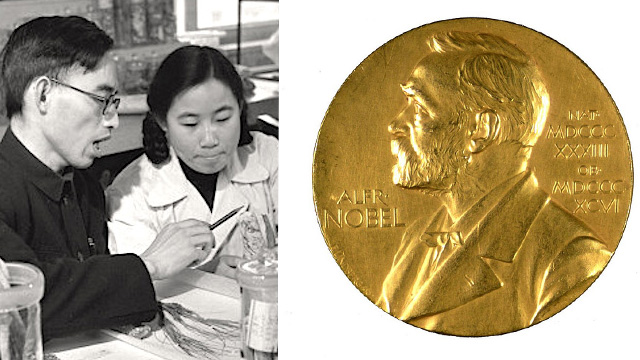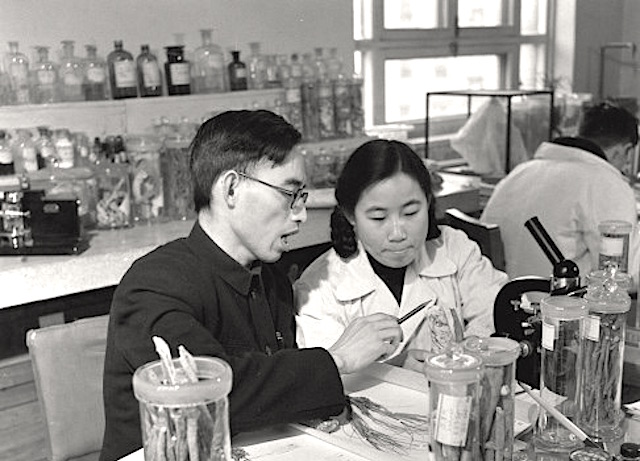The first Chinese woman to win a Nobel Prize is being called the “three no’s” winner in her home country — no medical degree, no doctorate, and no time spent working overseas.
It would be her understanding of ancient Chinese medicine that led Tu Youyou on her unlikely path to creating a drug to fight malaria and the 2015 Nobel Prize for Medicine this week.
In the 1960s, Chinese leader Mao Zedong demanded a cure for malaria. Tu, who had only an undergraduate degree in pharmacology, was among those sent to work on the project.
Six Million Lives Saved: Malaria Cases in Africa Cut in Half
At the time, nearly a quarter million different compounds had been tried worldwide to fight the disease. Nothing worked well.
Tu studied ancient texts and found the Chinese had used sweet wormwood around 400 AD. The team had no success at first, but Tu dived back into her reading, adjusted the recipe, and boiled an extract of the wormwood — artemsinin in 1972.
She also volunteered to be the first human treated with the new drug.
The discovery led to a drug that battles malaria-carrying parasites.
RELATED: New Vaccine Virtually Scratches Shingles Off Your List of Worries
At the time, Tu’s contributions were not well known. It was at the height of communist isolation in China, just before relations with the west began to thaw. Her research was published anonymously in 1977 and only years later did her role become public.
Today, the drug she discovered is the standard medicine used to treat the disease and has been credited with saving millions of lives around the world.
MORE: World’s First Malaria Vaccine Approved – and it Will Be Not-for-Profit
The 84-year-old Tu shared this year’s Nobel Prize in Medicine with William Campbell and Satoshi Ōmura for their discoveries in battling diseases caused by roundworm parasites.
Help Your Friends Discover This Story, Share It… Photos: Thomas Fisher Rare Library University of Toronto, CC





















